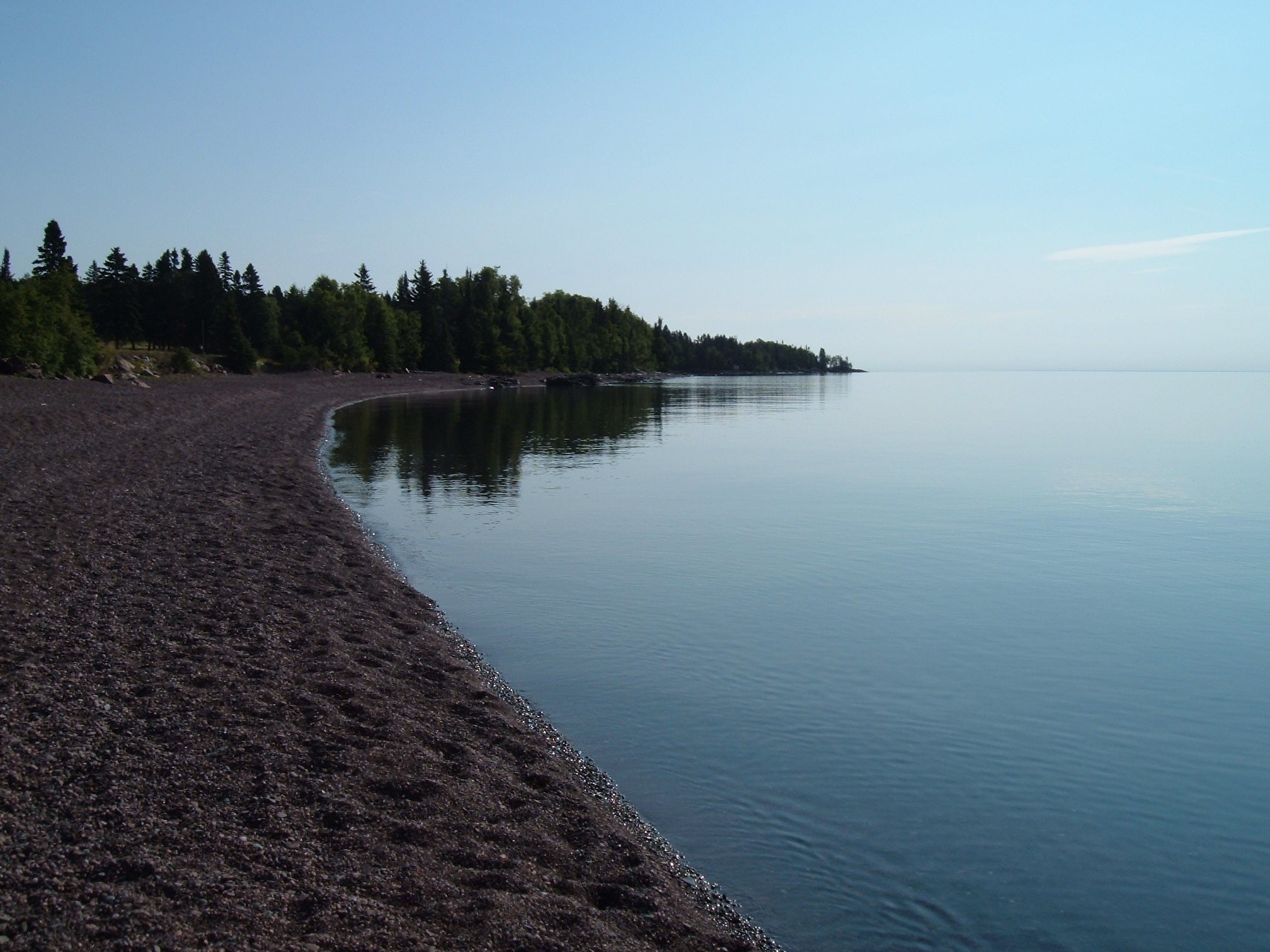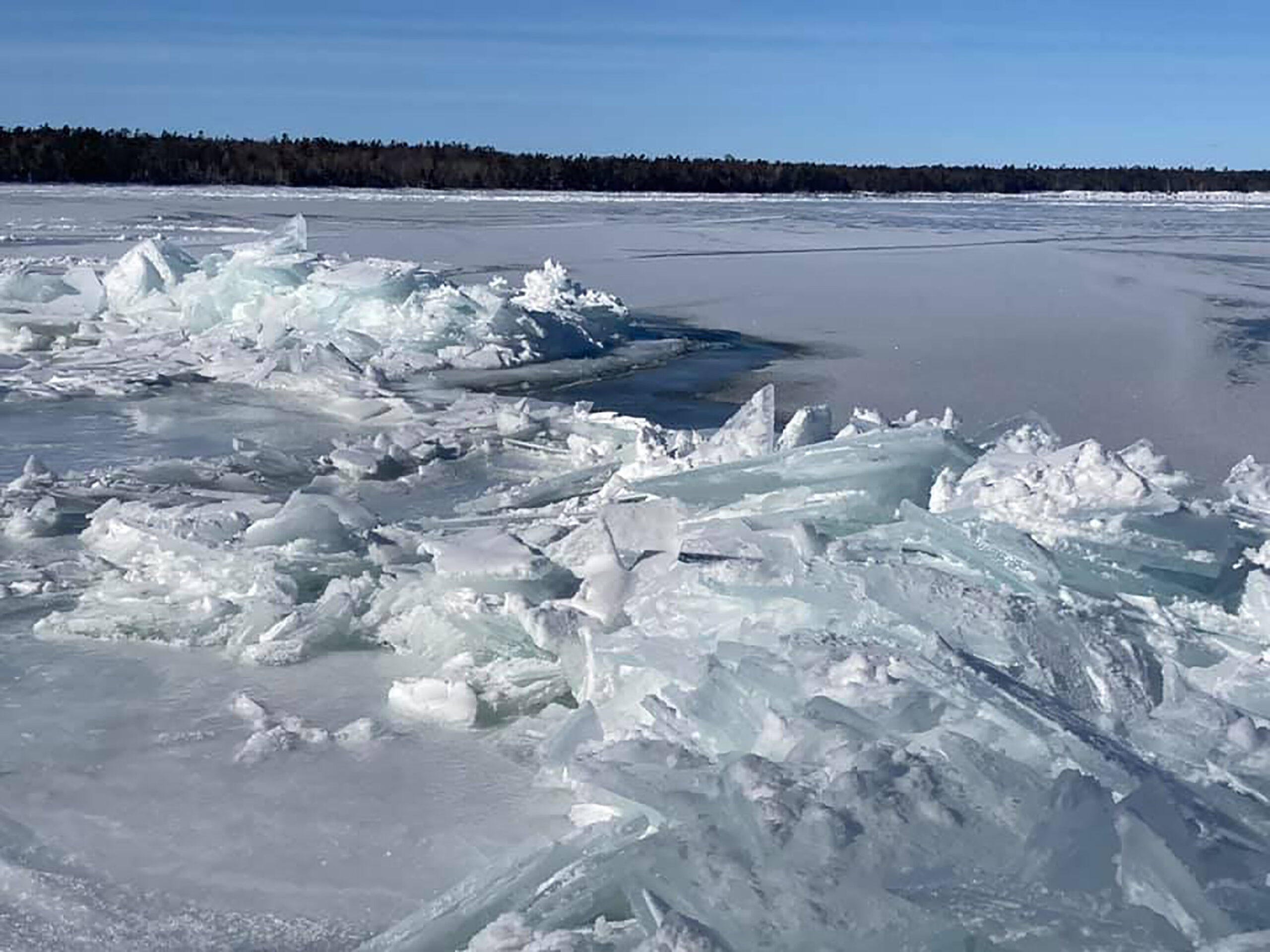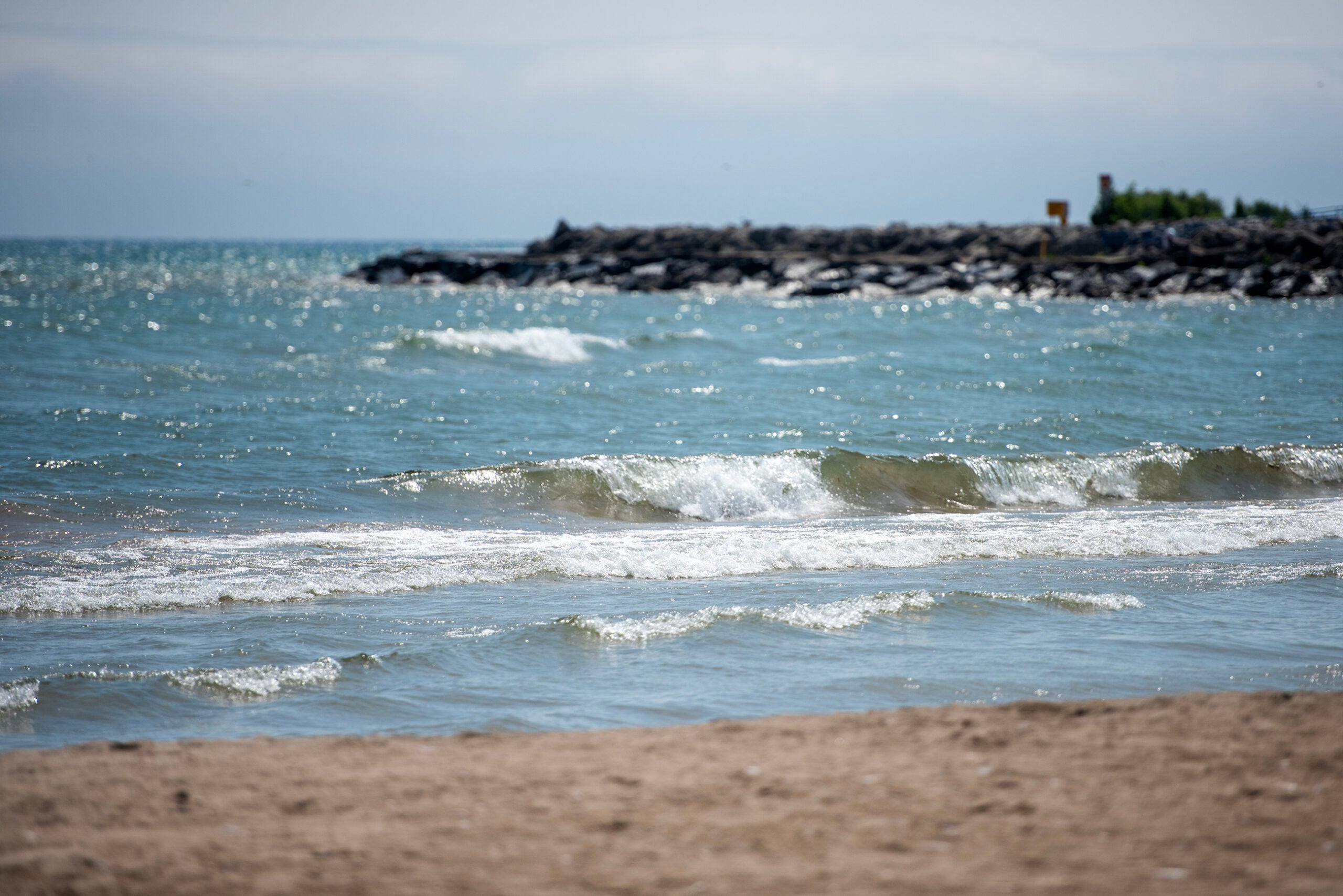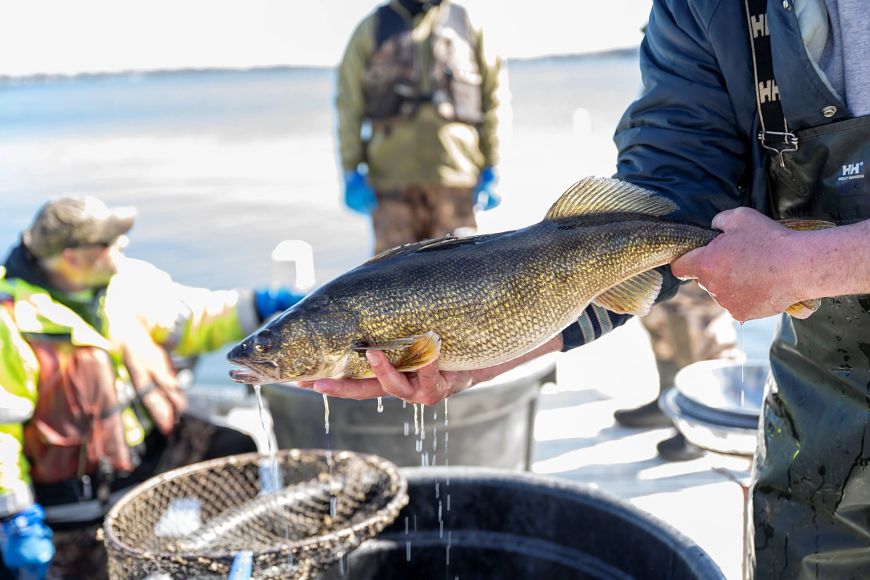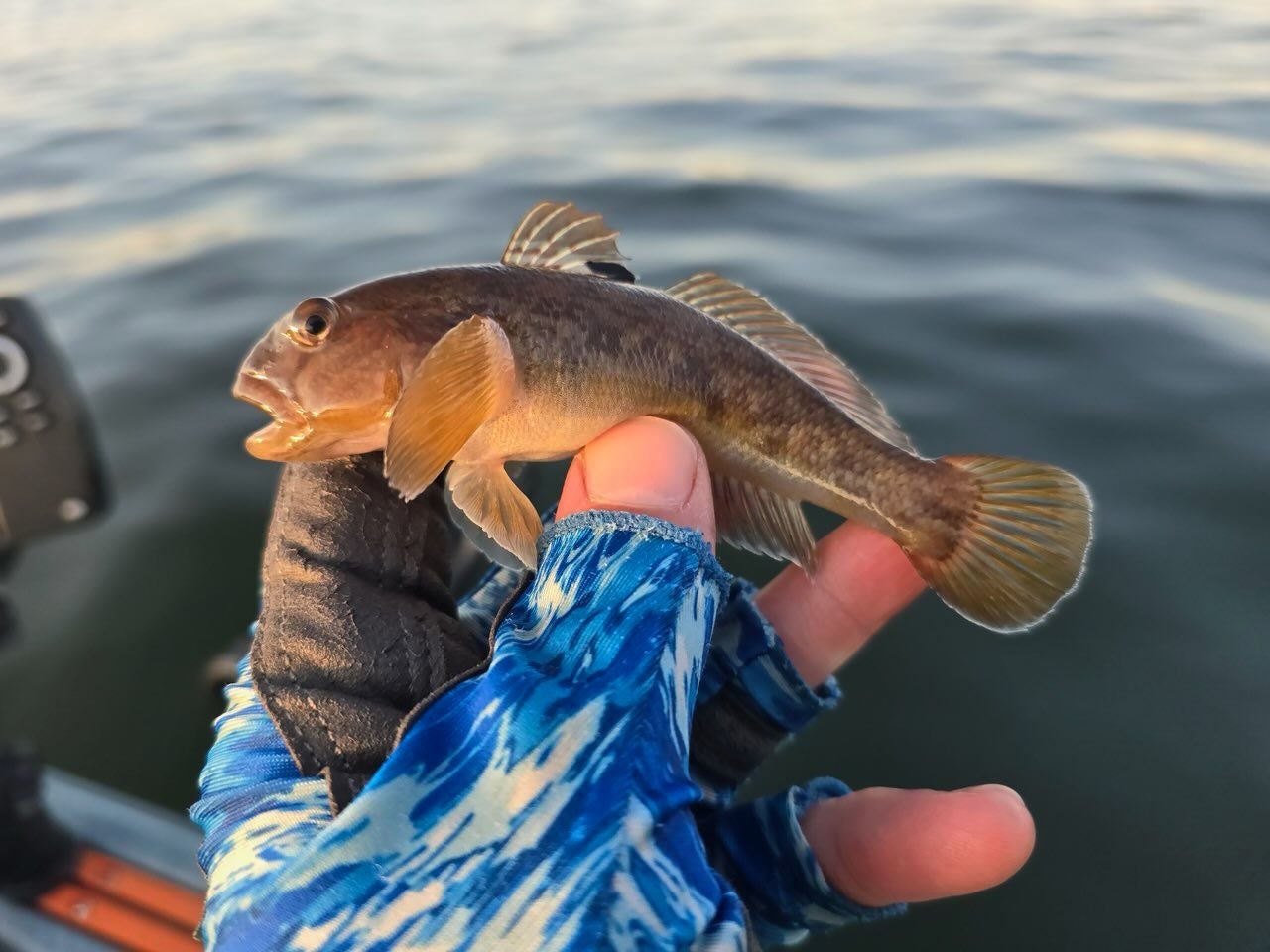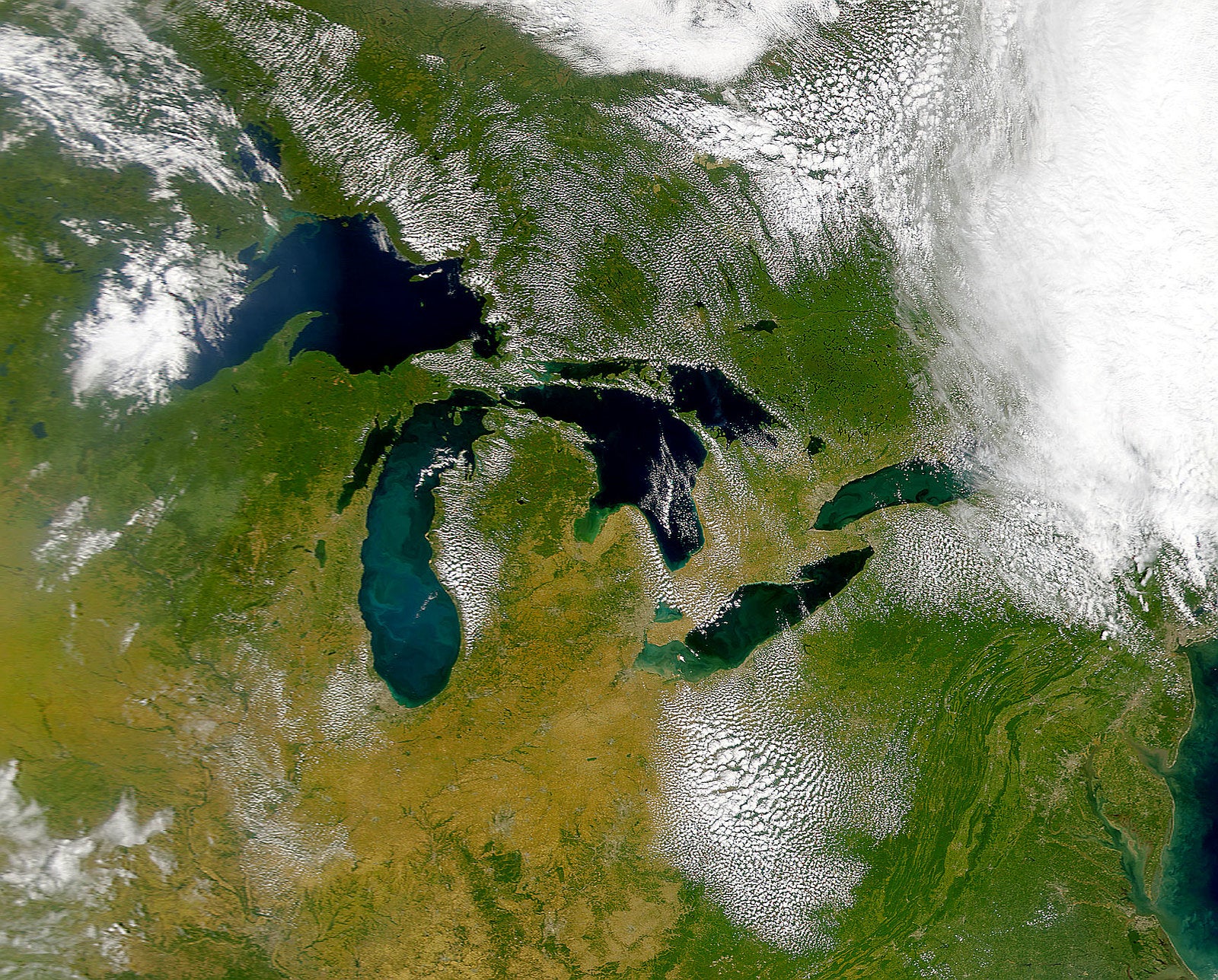The average surface water temperature of Lake Superior climbed to nearly 70 degrees Fahrenheit last month. As temperatures climb, researchers are studying how warmer water in the lake may influence fish and commerce.
Over the last two decades, the surface water temperature on Lake Superior has averaged around 60 degrees, according to data from the National Oceanic and Atmospheric Administration. Jay Austin, a professor with the Large Lakes Observatory at the University of Minnesota-Duluth, said it’s been a warm summer for Lake Superior.
“It’s just another reaction to the low ice we had last winter,” he said.
News with a little more humanity
WPR’s “Wisconsin Today” newsletter keeps you connected to the state you love without feeling overwhelmed. No paywall. No agenda. No corporate filter.
Austin was among more than 60 scientists who shared findings last year that global lakes seem to be warming at a rapid pace as air temperatures change, noting the average summer surface water temperature in Lake Superior is about 5 degrees Fahrenheit higher in the past 30 years.
Austin has been studying ice coverage on the lake and what that may mean for lake warming. With very little known about ice on the Great Lakes, Austin said scientists are planning a more in depth study of its properties.
“Like thickness, how and when the ice moves on the Great Lakes, the properties of the water below the ice, of which very little is known about,” Austin said.
Such research is important to better develop computer models to predict changes in the ice, which can guide decisions for the shipping industry and natural resource management, he said. In 2014, ice cover on Lake Superior delayed the start of the shipping season by more than a month and caused around $6 million in repairs to lake vessels. Concerns about ice cover has prompted calls for more ice breakers on the Great Lakes from shipping groups.
Mark Vinson, station chief for the U.S. Geological Survey’s Lake Superior Biological Station in Ashland, said they’re studying how ice cover may impact commercially-important fish like cisco – a prominent food source for lake trout and whitefish.
“What affect ice cover has on egg development times of cisco and hatching success and fate of the little hatchling fish that come up in the spring,” Vinson said.
He noted that they’ve seen reduced recruitment, or fewer fish coming into the population, for species of whitefish and cisco in the last two decades. The reduction would appear to coincide with the most significant rise in air temperatures, but they’re still examining what factors may be playing a role in fish development, Vinson aid.
“It’s like a puzzle. We’re not sure we have all the pieces yet, and we’re not sure how all the pieces fit together,” Vinson said. “It’s not an easy answer, and the lake is always changing. In 2014, it was one of the coldest years on record. In 2012, it was one of the warmest. In 2016, we’re back to a really warm year again. You’re not getting anything constant.”
Vinson said they generally see better success with cisco on years with more ice. In the last three years, he said they’ve also been gathering real environmental conditions in the lake to better model lab experiments. Those experiments will commence next spring to see how temperature and light changes may impact fish development.
Species such as rainbow trout and coho salmon may benefit if higher surface water temperatures continue on Lake Superior, said Cory Goldsworthy, Minnesota Department of Natural Resources’ Lake Superior Area Fisheries Supervisor.
“But, the downside of that is that it will also likely benefit some nonnative invasive species like alewife or rainbow smelt that we really don’t want to see populations of those increase,” Goldsworthy said.
Goldsworthy said invasive species like alewife can spell poor hatching success for lake trout who feed on them as a primary food source.
A recently released study of more than 2,100 inland lakes in Wisconsin also suggests that higher surface water temperatures may impact numbers of walleye and largemouth bass on individual lakes.
Wisconsin Public Radio, © Copyright 2025, Board of Regents of the University of Wisconsin System and Wisconsin Educational Communications Board.

